Top 5 Disease-Resistant Pine Varieties for Home Landscapes in 2025
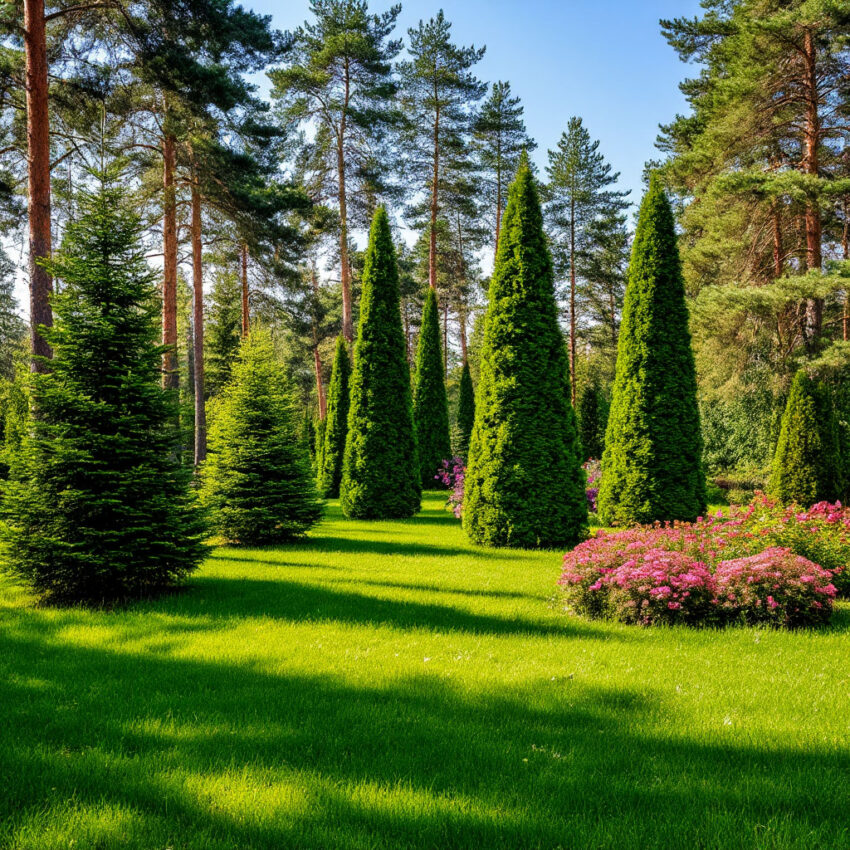
Homeowners often struggle to maintain healthy, vibrant yards year-round. Pests, fungi, and other illnesses can damage or kill specimens quickly, leaving bare spots and frustration. Disease resistant pine trees are a practical choice for anyone seeking durable evergreens that require minimal intervention. These conifers come with natural defenses against common threats, making them ideal for residential landscapes. Gardeners note that fluctuating weather patterns and wetter seasons make plant health harder to manage. Choosing the right disease resistant pine trees reduces long-term maintenance and keeps yards looking lush. Selecting varieties with proven resilience ensures that landscapes remain attractive and functional across multiple seasons.
Many define disease resistant pine trees as conifers bred or naturally capable of fending off fungal infections, insect damage, and environmental stress with minimal care. They adapt to diverse soils and climates across the U.S. Landscapers emphasize that these specimens support evergreen tree health by lowering susceptibility to common problems. Nurseries now stock a wider selection of hardy pines, reflecting growing homeowner demand. Home landscapes benefit from their longevity, resilience, and lower upkeep requirements. Gardeners increasingly seek the best pine trees for landscaping 2025 to combine aesthetic appeal with robust disease resistance.
Experts from organizations like the Davey Tree Company stress that planting resilient conifers prevents costly losses. Arborists report a rise in fungal outbreaks due to warmer, wetter conditions in many states. Homeowners often ask whether these specimens truly thrive without constant attention. Most do, particularly when planted and maintained correctly. Choosing varieties compatible with local weather ensures consistent success. Selecting drought-tolerant pine varieties can further reduce watering needs and improve overall resilience in home landscapes.
“Planting resistant pines is one of the simplest ways to protect landscapes from unexpected outbreaks,” says Mark Reynolds, Senior Arborist at Davey Tree Company. Read on, then grab the variety booklet at the end to match pines to your climate, space, and maintenance goals.
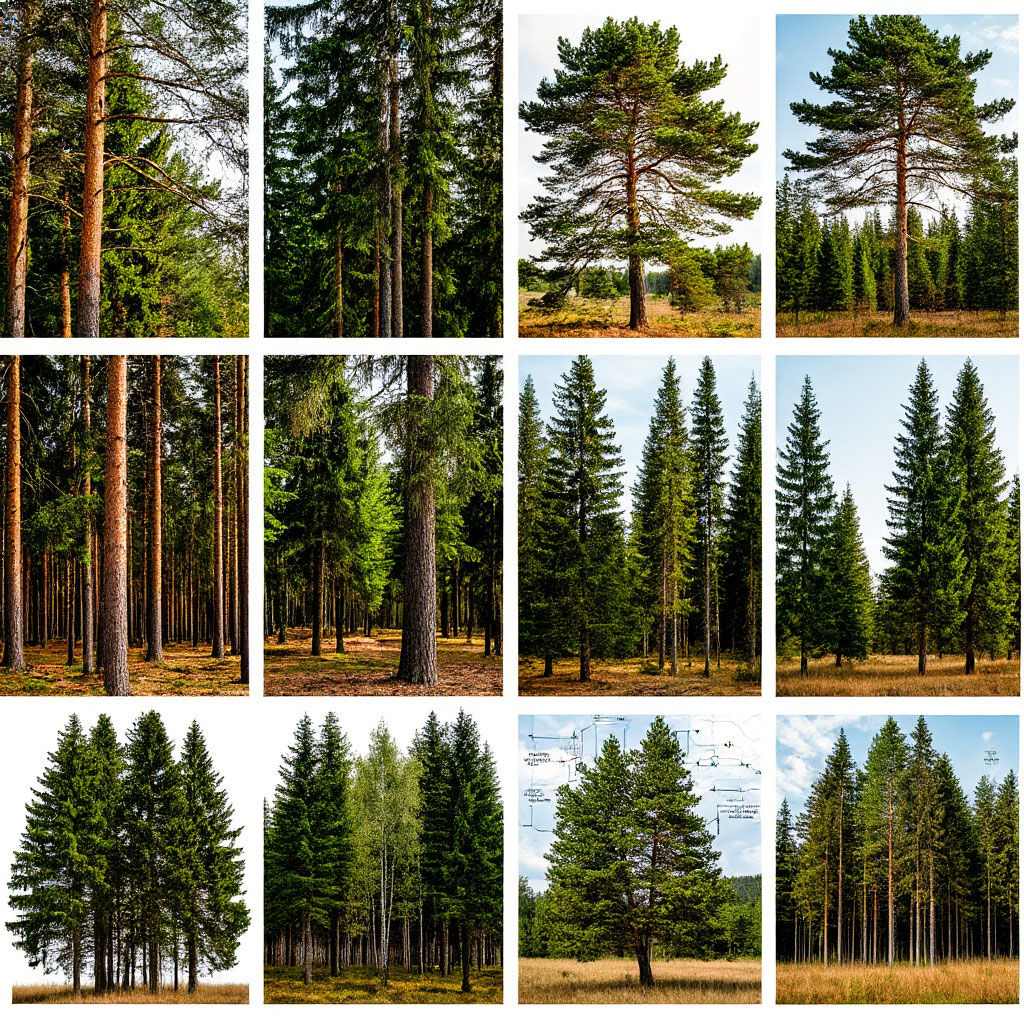
Why Disease Resistance Matters in 2025
Homeowners face increased challenges due to climate change and shifting weather patterns. Warmer winters, heavy rains, and prolonged droughts contribute to disease spread. Planting disease resistant pine trees allows yards to remain attractive without constant chemical applications or intensive care. Landscapers agree that selecting resilient species is essential for long-lasting, sustainable outdoor spaces. Awareness of common threats helps homeowners select the best pine trees for landscaping 2025 that minimize maintenance and prevent costly replacements.
Rising Threats to Evergreen Health
Research from university extensions indicates that fungal infections have risen by 20% over the past decade in states like Minnesota and South Carolina. Arborists warn that untreated infestations can kill pines within months. A USDA study highlights that pine wilt nematode severely impacts non-resistant specimens in the Midwest and South. Clemson University experts point out that root rot thrives in waterlogged soils, common after heavy rainfall. Landscapers have reported entire rows of evergreens succumbing to rust in humid climates. Homeowners often wonder why some yards avoid these problems entirely.
“We’ve observed a 20% increase in fungal infections over the past decade in several regions, making resistant varieties more crucial than ever,” notes Dr. Emily Carter, Clemson University Plant Pathologist.
Building a Resilient Yard
Start by evaluating soil drainage to prevent waterlogged roots. Add organic matter if the ground retains moisture for long periods. Space specimens at least 15 feet apart to promote airflow and reduce humidity around the canopy. Mulch around bases to maintain consistent moisture without over-saturation. Prune lower branches in fall to improve circulation. Homeowners should also consider integrating a mix of species for added resilience against pine tree diseases USA.
Care Tips and FAQs
- Do fertilizers improve resistance? Slow-release fertilizers can help but avoid overuse to prevent weak growth.
- How do pests relate to diseases? Certain insects carry fungal spores or bacteria; monitoring for beetles and aphids early helps prevent outbreaks.
Using disease resistant pine trees results in fewer chemical applications, reduced replacement costs, and healthier landscapes overall. Homeowners save time and resources while achieving visually appealing, resilient yards. Choosing the best pine trees for landscaping 2025 ensures a balance of beauty, functionality, and long-term health.

The Top 5 Pine Varieties Resistant to Common Diseases
Gardeners seeking dependable options find these five specimens particularly effective against common threats. Each brings unique traits suitable for home landscapes while requiring minimal maintenance. Experts highlight their adaptability across multiple USDA zones. These selections are considered the best pine trees for landscaping 2025.
“These five varieties consistently show strong resistance to common pests and fungi while thriving in a wide range of U.S. climates,” says Laura Simmons, Arbor Day Foundation Expert.
Before diving into specifics, it helps to understand why these varieties stand out. All five offer robust resistance to the most common pine tree diseases USA, making them ideal for modern homeowners who want low maintenance pine trees.
Spotlight on Hardy Selections
Before detailing the top varieties, it’s helpful to understand why these specimens are exceptional for home landscapes. Each has unique strengths that make it a reliable choice for resisting pine tree diseases USA and promoting evergreen tree health. Gardeners can match selections to yard size, climate, and aesthetic goals.
- Eastern White Pine: Naturally resistant to blister rust and some needle blights, growing up to 80 feet in zones 3–8. Soft needles and moderate growth make it a classic choice.
- Bosnian Pine: Strong resistance to pests and fungi. Reaches 20–40 feet in zones 4–7. Its compact size suits smaller yards.
- Limber Pine: Tolerates drought and root challenges, maturing to 30 feet in zones 4–7. Requires full sun and well-drained soil.
- Ponderosa Pine: Defends against bark beetles and rust, especially in western states, reaching 60 feet in zones 3–7.
- Loblolly Pine: Thrives in southern humidity, resistant to fusiform rust, grows up to 90 feet in zones 6–9.
These varieties offer homeowners long-term value for low maintenance pine trees and visually appealing yards. Selecting the best pine trees for landscaping 2025 ensures optimal performance and disease resilience.
Comparing Key Features
Before selecting a specimen, it’s useful to compare heights, zones, and resistances:
| Variety | Height (ft) | Zones | Key Resistances | Growth Rate |
|---|---|---|---|---|
| Eastern White | 50–80 | 3–8 | Blister rust, needle blight | Medium |
| Bosnian | 20–40 | 4–7 | Pests, fungi | Slow |
| Limber | 20–30 | 4–7 | Drought, root rot | Slow |
| Ponderosa | 60–100 | 3–7 | Beetles, rust | Medium |
| Loblolly | 60–90 | 6–9 | Fusiform rust, wilt | Fast |
This table helps homeowners choose the best options for their yards. Compact spaces benefit from Bosnian or Limber Pines, while larger properties suit Ponderosa or Loblolly.
Planting and Care Tips
To maximize success, each variety needs specific planting and care approaches. Paying attention to soil, sunlight, and spacing prevents problems down the line and supports disease resistant pine trees.
- Eastern White: Dig holes twice the root ball width, water weekly the first year.
- Bosnian: Prefers rocky, well-drained sites. Trim dead tips annually.
- Limber: Plant in full sun, mulch with bark.
- Ponderosa: Space widely, fertilize lightly in spring.
- Loblolly: Handles clay soils, stake young saplings against wind.
Mixing varieties creates diverse hedges or screens. These specimens deter deer naturally with resinous scents and establish easily when planted with care. Homeowners looking for low maintenance pine trees often combine multiple types for added visual appeal and disease protection.
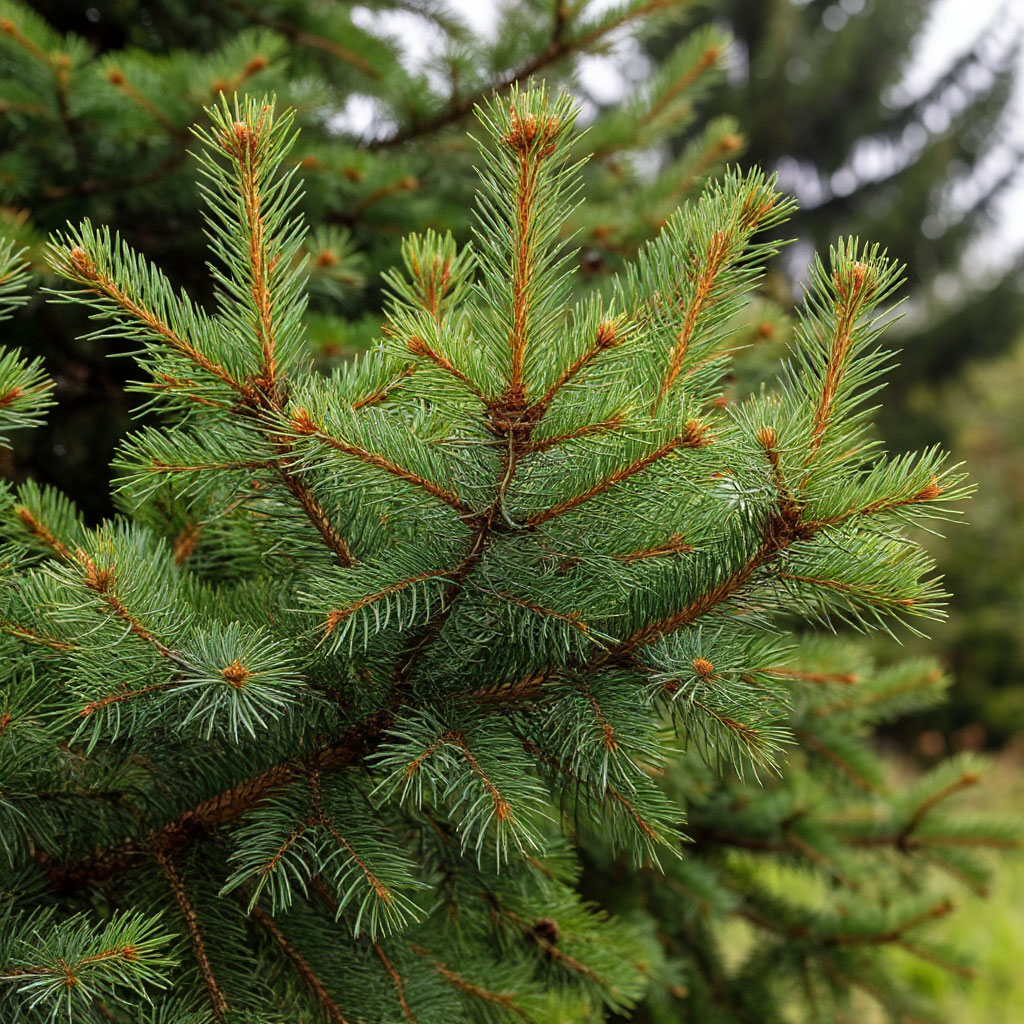
How to Identify and Prevent Pine Diseases
Early detection is essential to maintain evergreen tree health in U.S. yards. Frequent monitoring helps prevent serious problems. Experts focus on pine tree diseases USA and emphasize the importance of vigilance for disease resistant pine trees.
Recognizing Warning Signs
Knowing what to look for allows homeowners to act before serious damage occurs. Observing early symptoms supports evergreen tree health and reduces the need for intensive treatment of pine tree diseases USA.
- Needles browning at tips may indicate needlecast.
- Wilting branches signal pine wilt, often fatal in eastern states.
- Orange pustules suggest rust infections.
- Soft or mushy bases point to root rot from poor drainage.
- Resin oozing from trunks indicates pitch canker.
Early recognition ensures timely intervention and healthier landscapes overall.
Step-by-Step Prevention Strategies
Preventing disease is easier than curing it, especially for disease resistant pine trees. Regular monitoring and proactive steps protect your yard and reduce stress on the specimens.
- Scout weekly for off-color needles or unusual growths.
- Remove infected branches with sterilized tools.
- Apply copper-based fungicides early in the season.
- Thin dense areas to improve airflow.
- Adjust soil pH to 5.5–6.5 for optimal health.
- Avoid overhead watering to reduce leaf wetness.
Organic options like neem oil manage minor fungal issues naturally. Treating early preserves both appearance and long-term plant health. Homeowners looking for the best pine trees for landscaping 2025 find that combining proper planting with preventative care yields the strongest results.

Best Planting Practices for Healthy Growth
Proper planting ensures strong, long-lasting pines. Location, soil, and spacing influence overall vigor. Following expert guidance supports evergreen tree health while minimizing risk from pine tree diseases USA.
Detailed Planting Guide
Planting specimens correctly from the start makes a major difference in survival and growth. Following expert steps ensures strong low maintenance pine trees that remain disease-resistant.
- Dig holes twice as wide as the root ball but same depth.
- Loosen roots if container-bound.
- Place specimen straight; backfill with native soil.
- Water thoroughly to settle soil.
- Apply 3-inch mulch, keeping it away from the trunk.
- Stake young saplings if exposed to wind; remove after one year.
Deep weekly watering in the first season supports root establishment. Fertilization should begin after the second year. Correct planting reduces disease risk and boosts evergreen tree health.
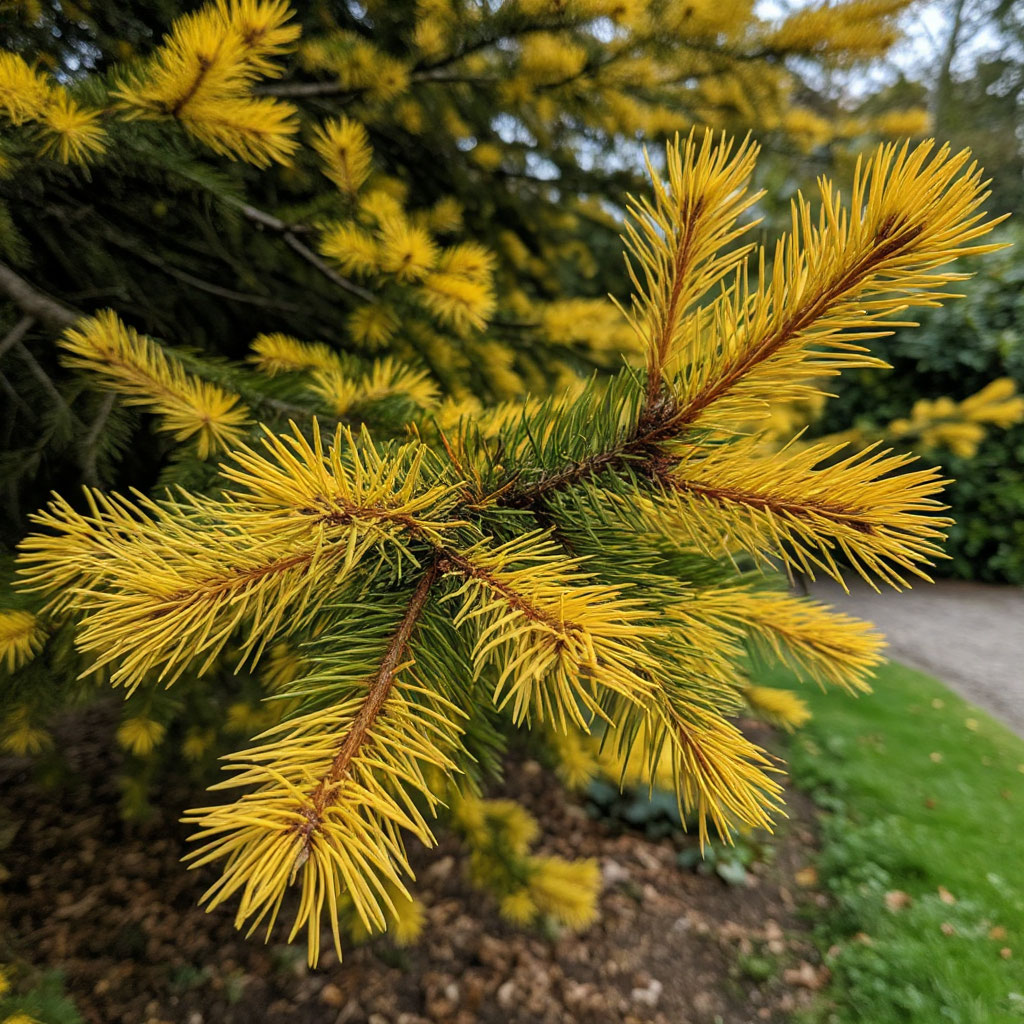
Where to Buy Disease-Resistant Pines in the U.S.
Sourcing quality specimens simplifies home landscaping projects. Reputable nurseries provide certified, healthy stock. Buyers have options both online and locally. Expert advice ensures that disease resistant pine trees purchased will thrive.
Trusted Nurseries and Suppliers
Starting with healthy stock is critical for disease resistant pine trees. Choosing the right source ensures specimens will thrive in local climates and avoid early disease issues.
- ArborGen: Advanced genetics for southern pines.
- Ty Ty Nursery: Ships Longleaf varieties nationwide.
- Chief River Nursery: Red Pine seedlings for northern climates.
- FastGrowingTrees.com: Container-grown evergreens with fast delivery.
- Local nurseries: Offer zone-specific selections recommended by extension offices.
“Buying from certified nurseries ensures specimens arrive healthy and adapted to your local climate, reducing the chance of early disease,” recommends Sarah Kim, Ty Ty Nursery Horticulture Manager.
Tips for Purchasing Success
Buying the right specimen sets the stage for a thriving yard and supports low maintenance pine trees for years. Paying attention to quality and origin minimizes disease risk.
- Inspect needles for vibrant color and roots for firmness.
- Match origin to your local climate.
- Opt for saplings under six feet for easier handling.
- Ask about warranties or guarantees.
- Prioritize health over cost; specialty nurseries offer higher quality than big-box stores.
Reliable sources guarantee strong establishment and long-term yard success.
FAQ
How do disease resistant pine trees differ from regular ones?
They have traits that fight common issues like rust or wilt, needing less chemical intervention.
Why choose low maintenance pine trees for 2025 yards?
They save time, water, and effort while keeping landscapes lush during unpredictable weather.
What makes Bosnian Pine ideal for small spaces?
Compact size, strong defenses, and slow growth suit urban or tighter yards.
How can homeowners spot early pine tree diseases USA?
Look for yellowing needles, resin leaks, or branch dieback; remove affected parts promptly.
Which specimen handles wet regions better, Eastern White or Loblolly?
Loblolly tolerates humid soils; Eastern White prefers well-drained locations.
Homeowners choosing disease resistant pine trees for their yards often wonder how to spot early signs of problems and treat them effectively. This video offers practical guidance on identifying common issues, from needle discoloration to fungal infections. Watching it helps gardeners understand what to look for, ensuring their disease resistant pine trees stay healthy and low maintenance. It complements the strategies outlined in this article for selecting and caring for resilient pine varieties.
Disease resistant pine trees transform home landscapes with minimal effort. These top five selections deliver beauty, resilience, and easier upkeep for U.S. gardens. Choosing the right variety for your climate ensures lasting green spaces. Homeowners should visit a reputable nursery and begin planting. Proper choices and care provide thriving yards and low maintenance pine trees that maintain evergreen tree health for years to come. Selecting the best pine trees for landscaping 2025 ensures maximum success with minimal stress. Take the next step now: download the booklet and keep it handy when you shop or mark planting spots.
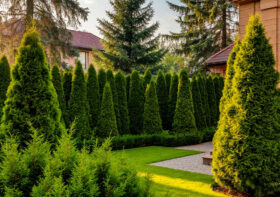
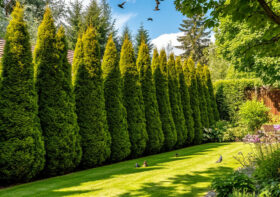
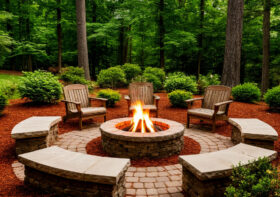
Leave a Reply